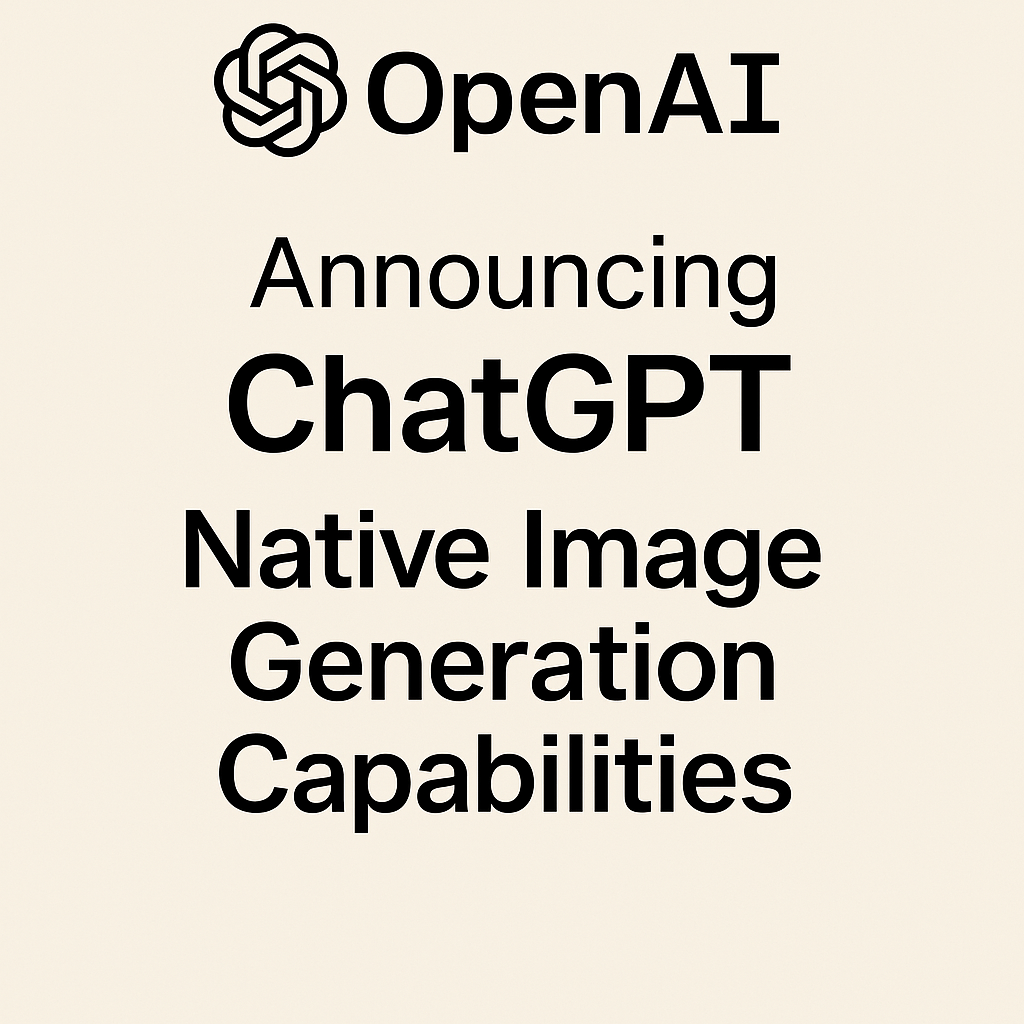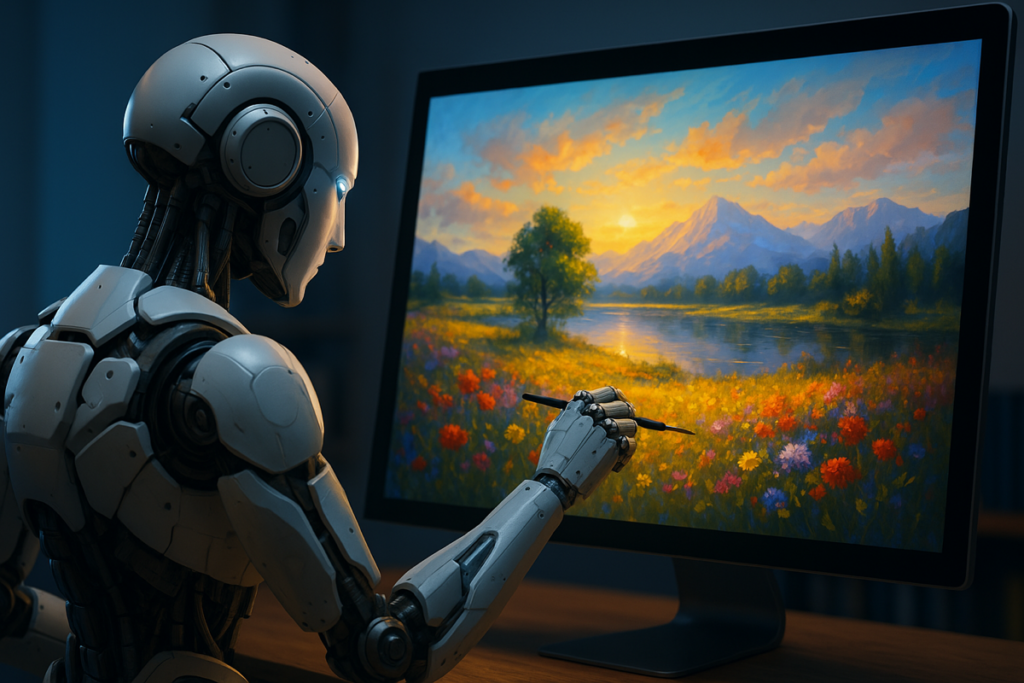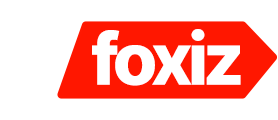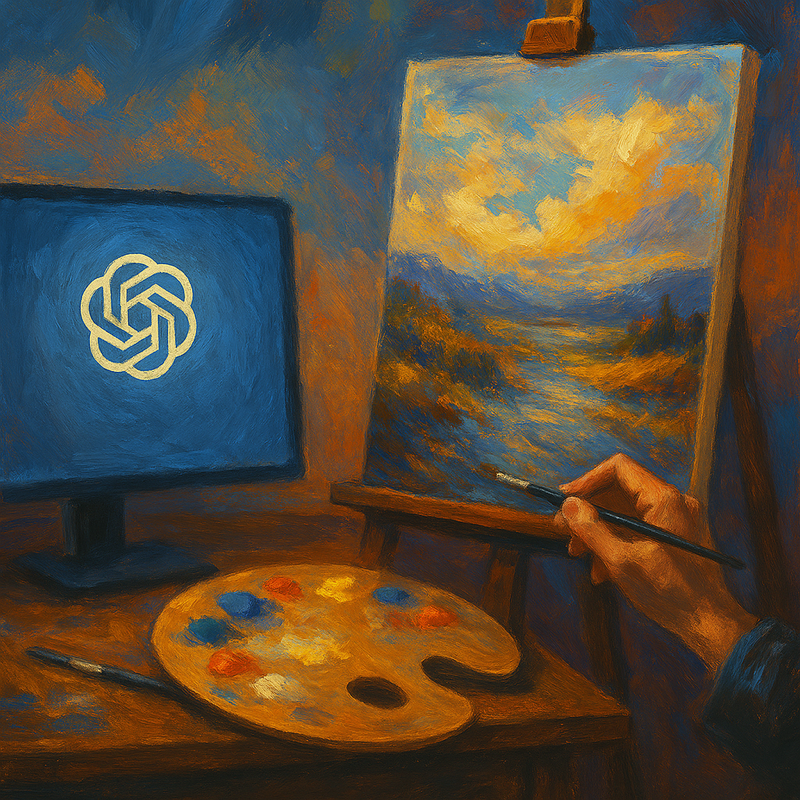Generating AI images just got a lot easier with ChatGPT. OpenAI has integrated native image generation directly into the ChatGPT window. Users no longer rely on separate tools like DALL-E to generate images. Instead, they can now use GPT-4o to create precise and photorealistic images with just a prompt, all within the familiar chat interface.
What’s Happening & Why This Matters
OpenAI has notably upgraded ChatGPT by introducing native AI image generation capabilities. Using the newly enhanced GPT-4o model, users can input prompts or upload images, and the tool will produce images directly within the chat. This new feature leverages GPT-4o’s multimodal capabilities, meaning it can seamlessly process text and images to generate high-quality visuals based on the given input.
Previously, ChatGPT relied on the DALL-E model for creating images, but now GPT-4o brings an even more powerful tool for rendering images. This new version of the model is particularly skilled in generating precise and accurate visuals. It also has an improved ability to follow prompts more closely, resulting in fewer odd or inaccurate outputs.

According to OpenAI, the GPT-4o model was trained using a joint dataset of online images and text, learning how they relate. This means it understands how images relate to language and how visual elements fit together coherently. GPT-4o can generate up to 20 objects in a single image, a giant leap compared to other models that can handle only 8.
This update also allows for image editing. Users can upload their own images — like a hand-drawn sketch —and GPT-4o can transform them into fully rendered digital artwork. This feature opens up new possibilities for creators, designers, and artists who want to enhance or modify their visual projects quickly.
However, OpenAI has acknowledged some limitations in the new feature. They know the model has a few imperfections but are committed to refining it through ongoing updates. They also included C2PA metadata with each generated image, which will help AI detectors identify images created by GPT-4o.
Additionally, OpenAI is implementing strict safeguards to ensure that certain types of images, such as those involving child sexual abuse material (CSAM) or sexual deepfakes, cannot be generated. They also put in place restrictions on images of real people, particularly regarding nudity and graphic violence. Public figures can opt-out if they prefer their likeness not to be used.
GPT-4o’s image generation is currently available to Plus, Pro, Team, and Free users. However, due to high demand, OpenAI has limited the rollout to the free tier. Enterprise and Edu customers will also soon have access to the feature. OpenAI has stated that they will monitor demand and adjust the number of images users can generate daily.

TF Summary: What’s Next
With ChatGPT’s new native image generation, OpenAI has made AI-generated content increasingly accessible. The GPT-4o model is poised to transform industries from art and design to marketing and education, thanks to its ability to create high-quality, realistic images based on simple prompts. As OpenAI continues to refine this technology and address its limitations, we can expect even more capabilities to emerge, making AI-generated images an increasingly powerful tool in the creative process.
— Text-to-Speech (TTS) provided by gspeech


